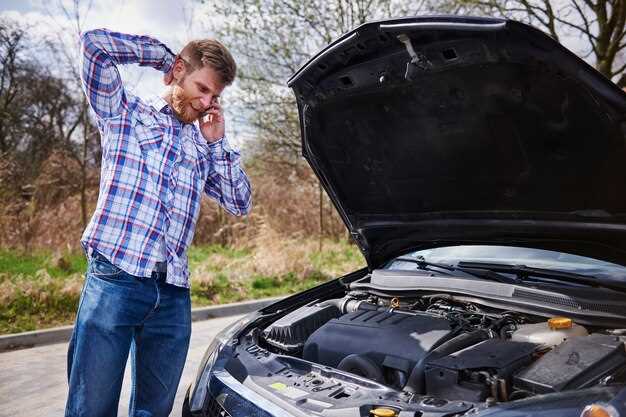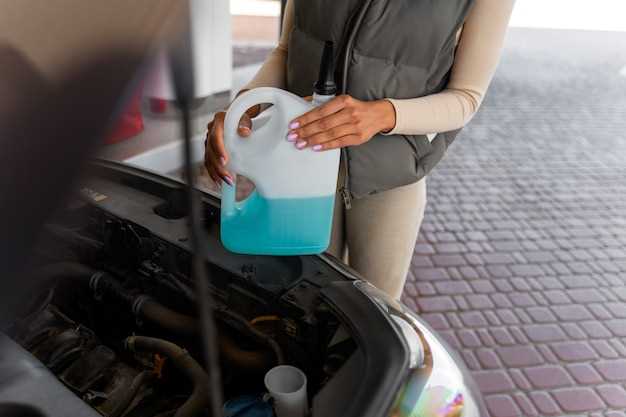
Maintaining the efficiency of your vehicle’s cooling system is essential for the longevity and performance of your car. The cooling system, primarily centered around the radiator, plays a crucial role in regulating engine temperature, preventing overheating, and ensuring optimal operation. A well-functioning cooling system not only improves your vehicle’s performance but also safeguards critical engine components from damage.
In this guide, we will delve into the essential aspects of car cooling system maintenance, highlighting key areas such as the radiator, coolant levels, and hoses. Understanding how these components work together will empower you to take proactive measures to avoid costly repairs and keep your car running smoothly.
Whether you’re a seasoned car enthusiast or a casual driver, knowing how to maintain your radiator and overall cooling system can save you time and money. Join us as we explore effective tips and best practices to keep your vehicle’s cooling system in top shape, ensuring your engine performs at its best in every journey.
Choosing the Right Coolant for Your Vehicle

Choosing the proper coolant for your vehicle is critical to maintaining an efficient and effective cooling system. Coolants, also known as antifreeze, play a vital role in regulating engine temperature and preventing overheating. Different types of coolants are available, and selecting the right one can help protect your radiator and overall engine health.
The first step in selecting a coolant is to check your vehicle’s owner manual. Manufacturers often specify the type of coolant recommended for your model, which can include ethylene glycol or propylene glycol-based options. These coolants come in various formulations, including conventional, extended-life, and hybrid organic acid technology (HOAT) types, each suitable for different engine designs.
It’s also crucial to consider the climate in which you drive. In colder regions, a coolant with anti-freezing properties is essential to prevent the formation of ice in the radiator. Conversely, a coolant that can withstand higher temperatures might be more useful for hotter climates. Always ensure that the concentration of coolant is correct; typically, a 50/50 mixture of coolant and water is recommended.
When selecting a coolant, avoid mixing different types unless the manufacturer specifies compatibility. Mixing can lead to chemical reactions that may reduce the effectiveness of the coolant and can potentially damage the radiator and other cooling system components. Always flush your cooling system when changing coolant types to prevent cross-contamination.
Lastly, consider the coolant’s lifespan. Some formulations last longer than others and require less frequent changes. Regularly checking the coolant level and condition can help you maintain optimal functionality of your vehicle’s cooling system. Using the right coolant ensures a well-functioning radiator, which ultimately extends the life of your engine.
How to Inspect and Maintain Your Radiator
Regular inspection and maintenance of your radiator are crucial for the efficient operation of your car’s cooling system. Begin by checking for any visible leaks or damage. Look for coolant stains or puddles under your vehicle, which may indicate a leak in the radiator or its connections. If you notice any rust or corrosion on the radiator’s surface, it may require further attention.
Next, inspect the coolant level in the radiator reservoir. Ensure that the coolant is filled to the appropriate level, as low coolant can lead to overheating. If the coolant appears dirty or has debris floating in it, it is time for a coolant flush. This process involves draining the old coolant and replacing it with fresh coolant to maintain optimal thermal efficiency.
Additionally, check the condition of the radiator hoses. Ensure they are not cracked, swollen, or overly worn. Hoses that show signs of deterioration should be replaced to prevent leaks and maintain proper coolant flow. Always inspect the clamps that hold the hoses in place to ensure they are secure.
Keep the exterior of the radiator clean. Remove any debris, such as leaves or dirt, that may obstruct airflow. You can do this with compressed air or a soft brush. A clean radiator allows for better heat exchange and improves the overall cooling performance.
Finally, consider testing the radiator cap. A malfunctioning cap can lead to improper pressure and coolant loss. You can test the cap with a pressure tester or replace it if it shows signs of wear. Regular inspections and maintenance of your radiator will extend its life and ensure your car’s cooling system operates effectively.
Signs Your Cooling System Needs Attention

Maintaining your vehicle’s cooling system is crucial for its overall performance and longevity. Here are some key signs indicating that your cooling system may need immediate attention.
Overheating Engine: One of the most obvious signs is an overheating engine. If the temperature gauge on your dashboard indicates a high reading, it’s essential to check the coolant levels and the condition of the radiator. Constant overheating can lead to severe engine damage.
Coolant Leaks: If you notice puddles of fluid under your car, it may be coolant leaking from hoses or the radiator. This not only reduces the effectiveness of your cooling system but can also pose environmental hazards. Inspect for any visible cracks or damaged components.
Low Coolant Levels: Regularly checking your coolant levels is vital. If you find yourself having to top off the coolant frequently, there may be an underlying issue such as a leak or a failing water pump. Maintaining proper coolant levels is essential for efficient heat dissipation.
Unpleasant Smell: A sweet, syrupy smell inside your vehicle can indicate a coolant leak. This odor is often linked to ethylene glycol, a common ingredient in antifreeze. If you detect this smell, inspect the engine area and check for leaks.
Discolored or Dirty Coolant: The coolant should be a bright, clear color. If it appears rusty, muddy, or has particles floating in it, it’s a sign that your cooling system may be dirty or corroded. This can impair its efficiency and should be addressed promptly.
Inconsistent Temperature: If you notice fluctuations in your vehicle’s temperature gauge, your cooling system may not be functioning properly. This inconsistency can signal a problem with the thermostat or water pump, requiring further investigation.
Constant Fan Operation: If the cooling fan runs constantly, even when the engine is cold, it could indicate a malfunctioning thermostat or a faulty temperature sensor. This can lead to increased wear on your engine and should be evaluated by a professional.
Recognizing these signs early can prevent more extensive damage to your vehicle and ensure that your cooling system operates efficiently. Regular maintenance checks and prompt repairs are key to extending the life of your car.

